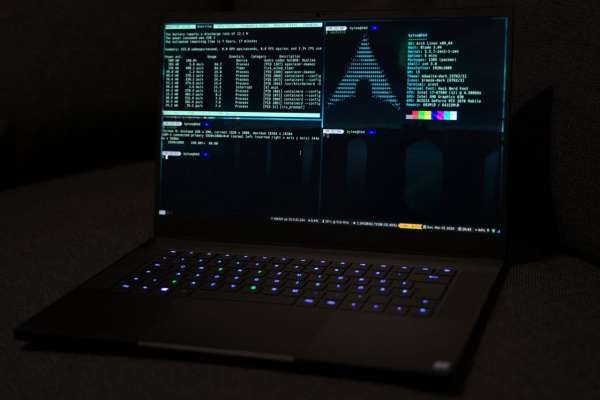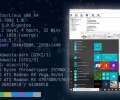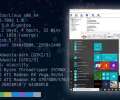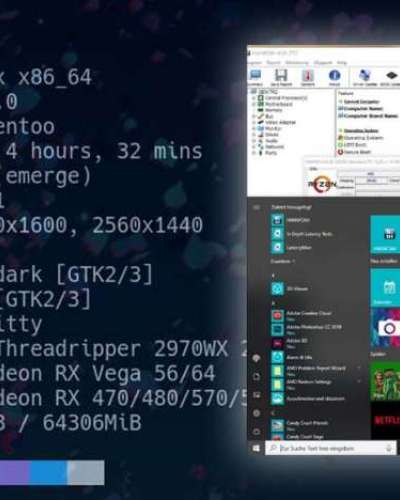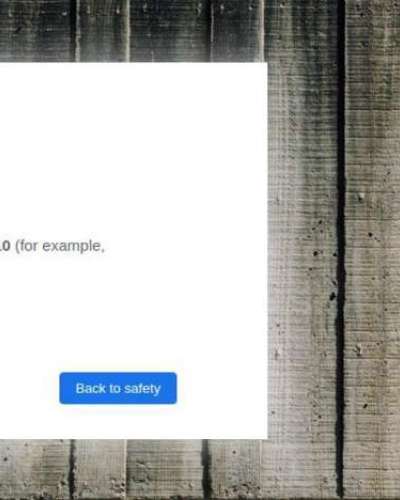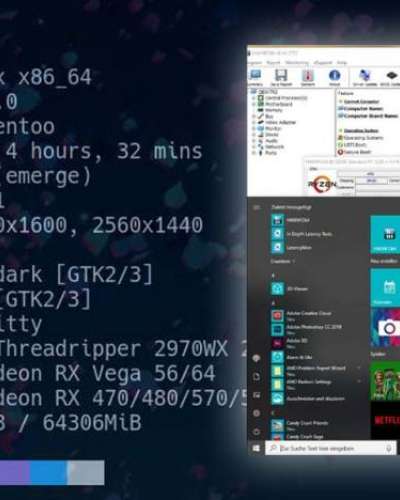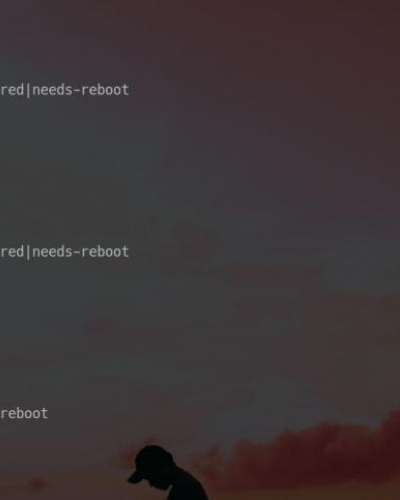Blog
Featured
The Razer Blade 15 Advanced is a great workstation, especially if you plan to use with Linux. This review focuses on how the Razer Blade performs with Linux and how to configure Optimus and Co. to work flawless with Arch Linux.
Latest articles
Passing-through a GPU to a virtual machine requires loading vfio-pci, instead of the "normal" GPU driver. Normally you use the device-ids to select the graphic card for the virtual machine, but what if they share the same id?
With your own Certificate Authority you can get rid of browser security warnings and you don't need to import single site certificates, only the CA root certificate once.
Hidden files from file managers, thumbnail creation and applications can be very annoying, especially because they stay forever. In most ".gitignore" files at least the ".DS_Store" (MacOS finder) is listed, but what about all the other hidden Linux application files?
The AMD Ryzen ThreadRipper CPU is, thanks to the enormous core count, perfect for virtualization. By passing an graphic card to the VM it's possible achieve almost bare metal GPU performance, which is important for gaming or the use of graphical intensive software (like Adobe Photoshop).
In the past BIOS updates often required Windows or booting from a stick. Thankfully with the Lenovo ThinkPad P1 and the almost identical ThinkPad X1 Extreme, you can update the BIOS directly from Linux.
